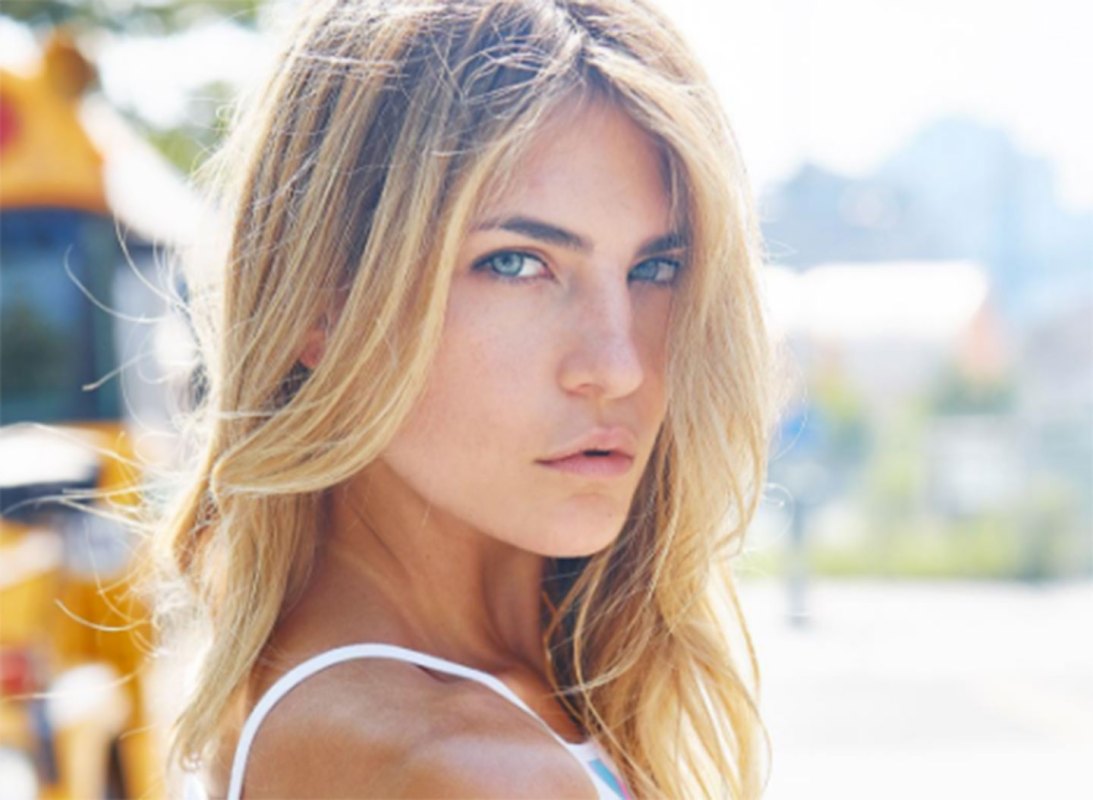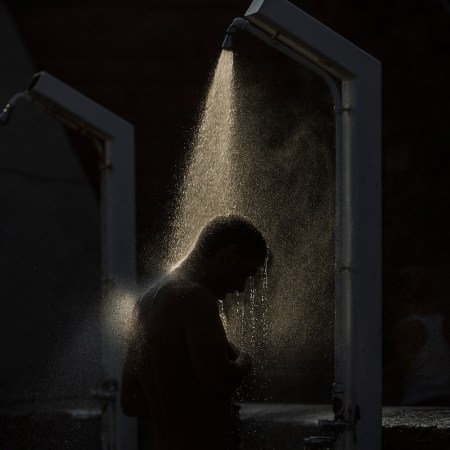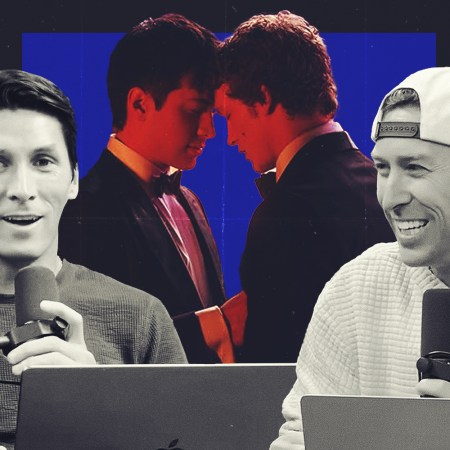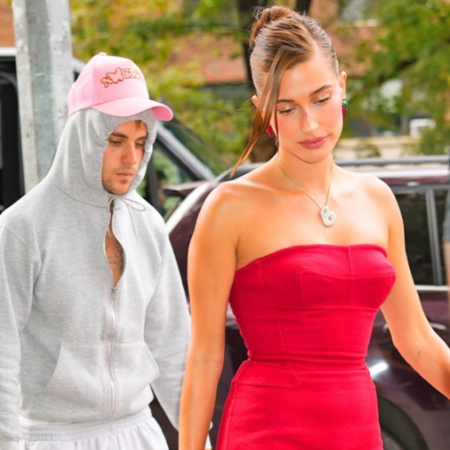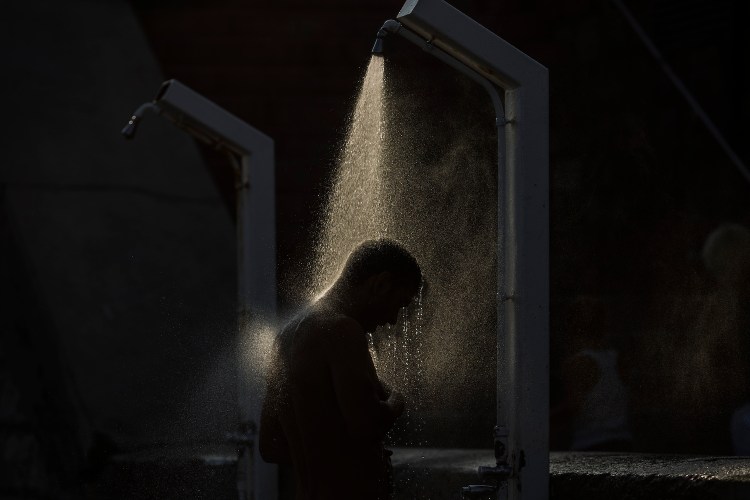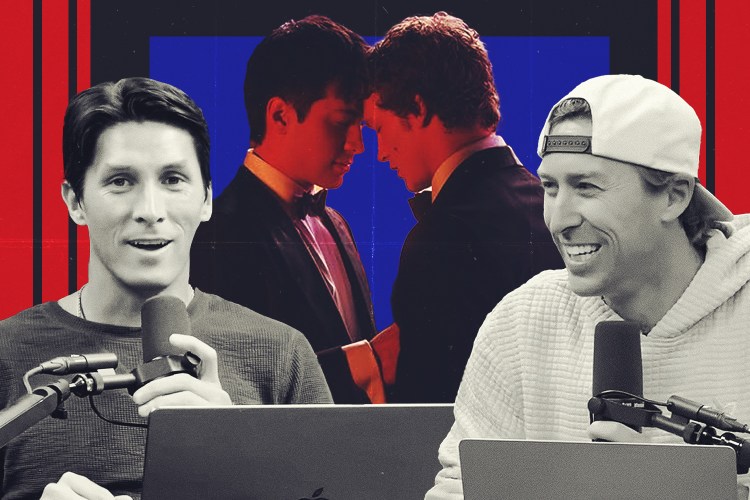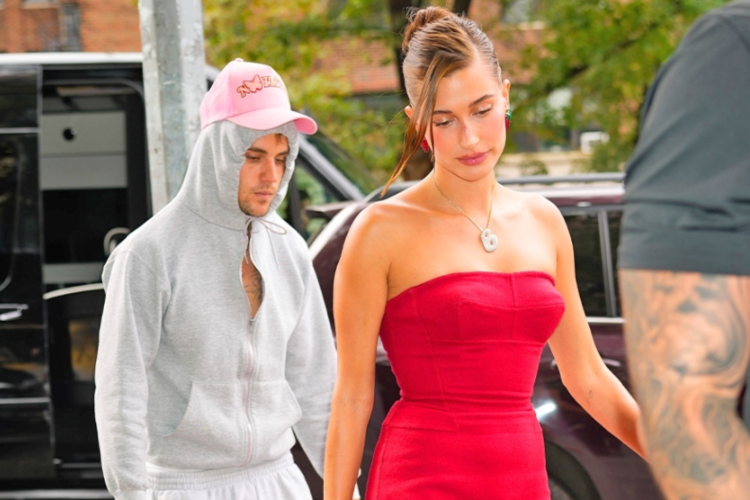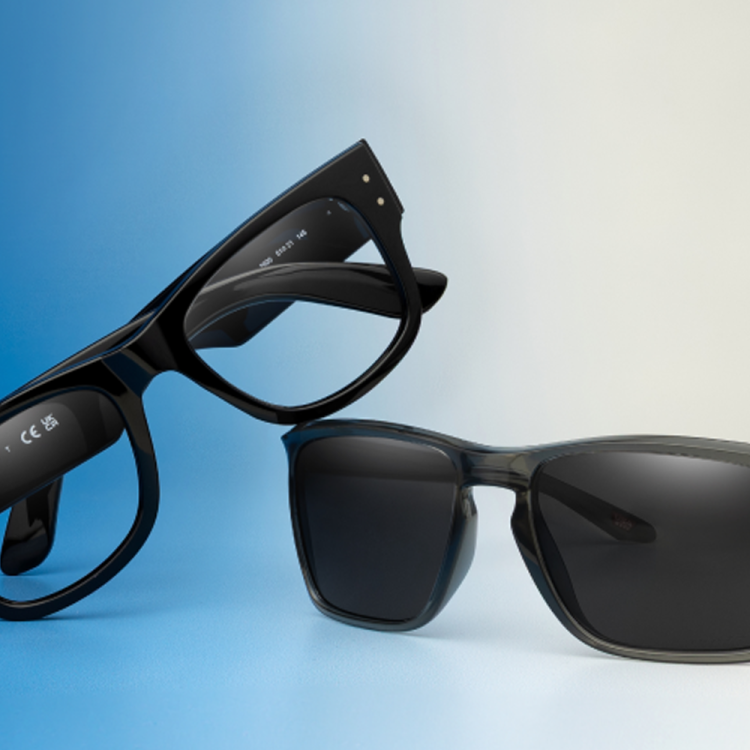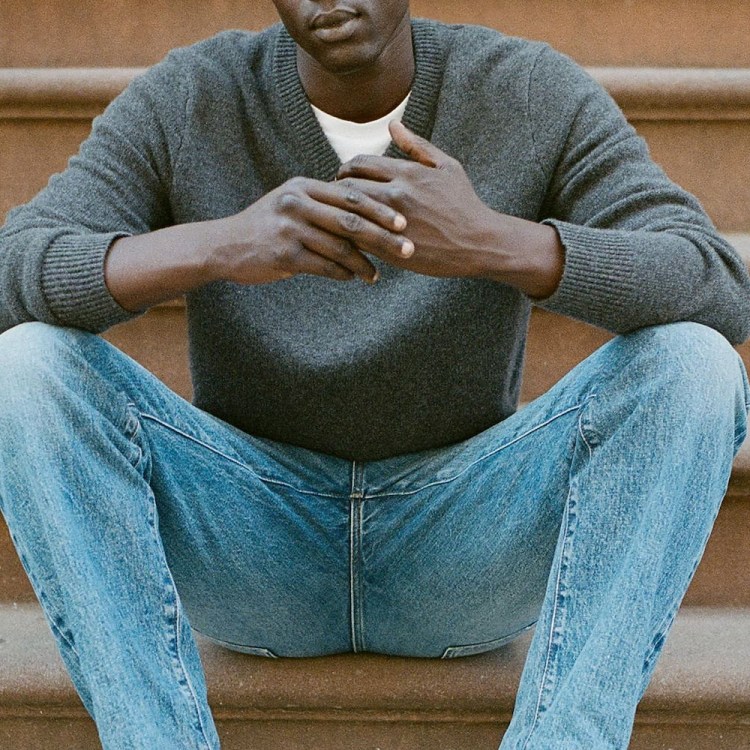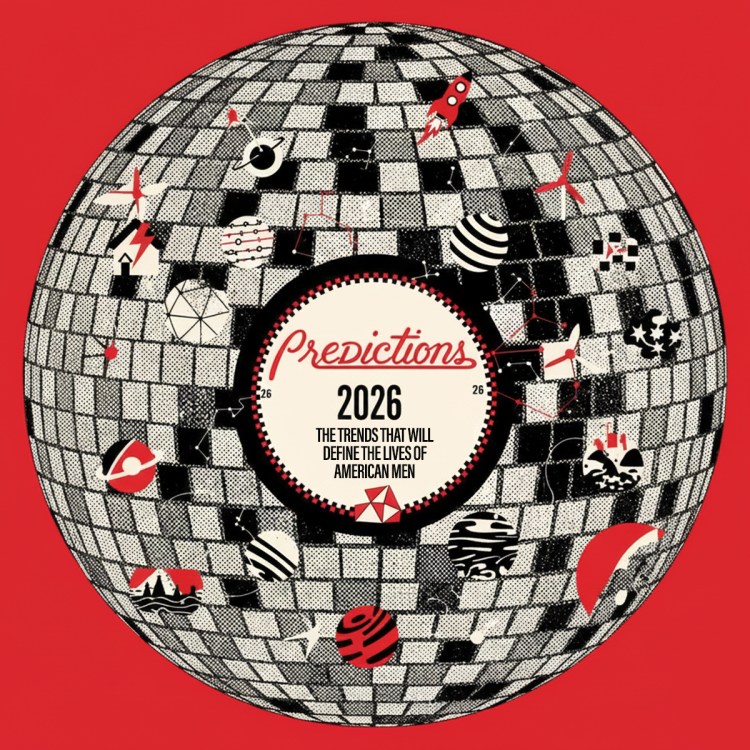In a recent New York Times Magazine piece, 12 different fashion models based around the world divulged what it’s like to walk in their shoes — both on and off the runway — and their candor reveals a journey full of the same rough callouses and bleeding blisters that it always has been.
The upside, thanks to social media, is that modeling is no longer “the silent profession,” where women are seen and not heard. The models now feel like they can connect directly with their audiences and share the some of the unprofessional and unbelievable working conditions they face, without it tearing down the world they’ve worked so hard to break into.
“Every day that you’re working as a model, you’re objectified somehow,” Renee Peters, a 28-year-old model based in Nashville, told the New York Times. “I had one guy who wanted my nipples to look hard for the shoot. He literally just grabbed my nipple and was like, ‘See, we need it to be hard.’”
In addition to sexual harassment, some non-white models recounted experiences with racism on shoots.
“I’ve had photographers say to me: ‘You’re so beautiful because you have such dark skin but you have such Caucasian features.’ What is that supposed to mean? I’m only attractive because I have Eurocentric features?” Shivani Persad said. “I’ve had people say to me: “You’re lucky because you kind of fit in between this white and black skin color.” So for a hair campaign or something, for example, they’ll check their diversity quota by booking you. But they won’t have to deal with a black girl’s hair.”
There’s also an issue of unrealism that goes into all modeling, according to Julia Geier, a model based in New Jersey. She argues that non-models don’t understand the process that goes into preparing for photoshoots — in the case of professional models, it’s a years-long process.
“We’ve spent the last five years perfecting our bodies and our skin and our hair color, and we have a team of makeup artists, and we have a team of hairstylists, and we have a team of wardrobe stylists. Then we have a professional photographer. And then all the photos get edited and Photoshopped. So the end result is the farthest thing from like a realistic photo that you can ever imagine. Women are seeing these images that literally are not real.”
This article appeared in an InsideHook newsletter. Sign up for free to get more on travel, wellness, style, drinking, and culture.
